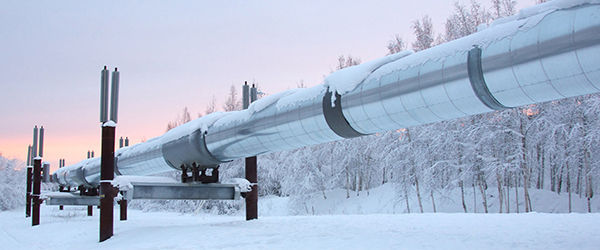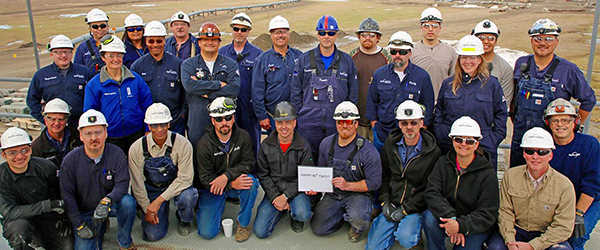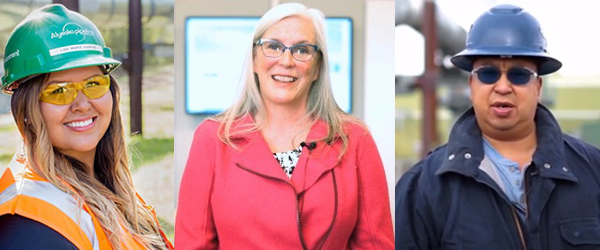1992: New otter, bird facilities support rescue, care
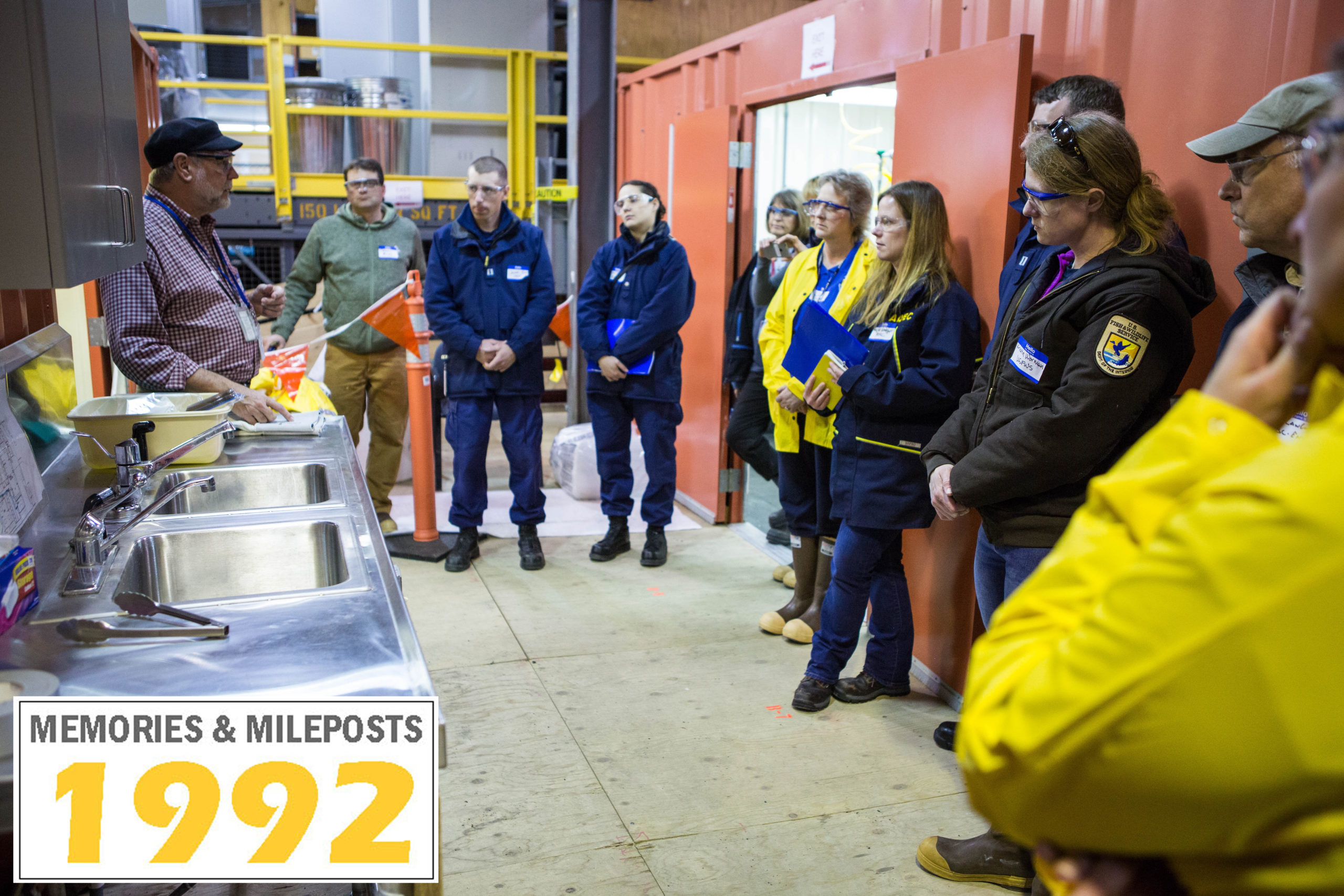
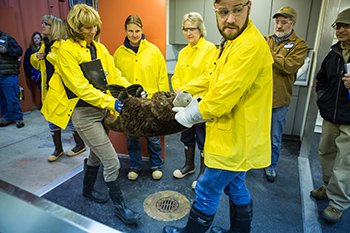
During a workshop hosted by Alyeska in 1992, regulatory agencies and industry partners discussed wildlife protection and rehabilitation after an oil spill in Prince William Sound. Between updates in processes and presentations, new commitments were made to response facilities that are ready today, if needed.
The conceptual design for Alyeska’s Otter Hospital was estimated to treat 20 otters per day and purpose-built to withstand Alaska conditions. After its initial build in the mid-90s, the hospital was upgraded in 2017. The design is modular, made out of Conex containers, ready to quickly deploy during a spill response, and efficiently treat affected otters. The fit-for-purpose module is strategically stored in Valdez.
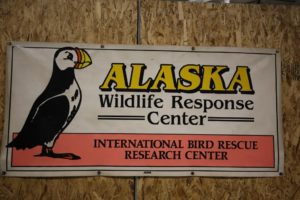
Additionally, that 1992 committee also established a Bird Wildlife Response Center in Anchorage. Managed by the International Bird Rescue, the facility is maintained by Alyeska and Alaska Clean Seas. The initial design allowed for 500 birds, or 200 large geese, to be treated during a spill response. The bird facility is a shared resource that can be deployed quickly and used throughout Alaska.
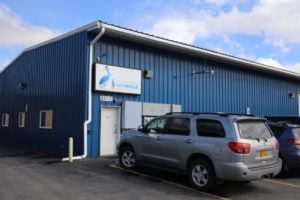
The Otter Hospital and Bird Wildlife Response Center remain priorities for Alyeska and regulatory partners ever since the vision for these facilities was developed in 1992.
Ken Wilson, Alyeska Fish and Wildlife SME, shared his perspective on the importance of these facilities and the environmental commitment maintained along TAPS: “More than 30 years later, the plans and facilities envisioned in 1992 are still in place, and ongoing training, exercises, and deployments have maintained our readiness to respond to a small or a large-scale event if needed.”
READ MORE 45TH ANNIVERSARY IMAGINATION & INGENUITY STORIES:
1984: TAPS Telecoms Then & Now with Dana Orr
1988: Throughput peak: TAPS tops 2 million barrels a day
2001: Wild ideas: What if TAPS was topped by a bridge, boat or plane?
